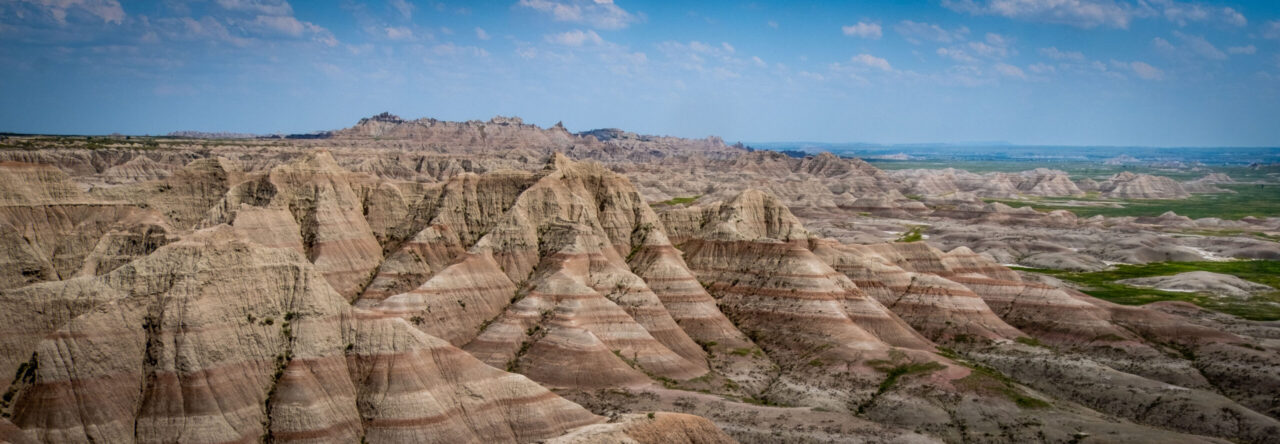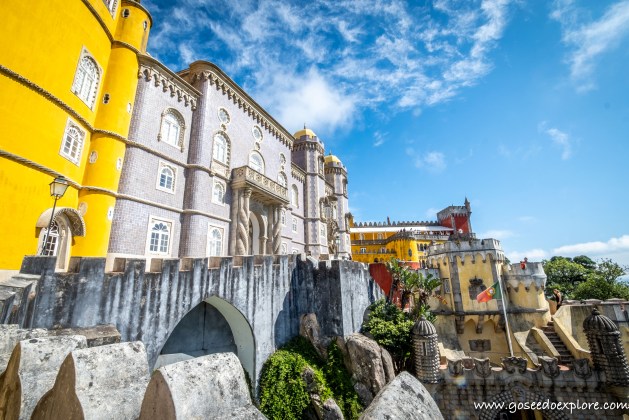
Some of the links below are affiliate links and as such, I earn a small commission from purchases that allow me to continue telling you my stories without costing you anything extra.
Peering into the haunting plaster casts of Pompeii’s tragic victims is like glimpsing into a grim snapshot of the past. In an instant, the thriving Roman city was silenced beneath a hellish blanket of ash and pumice when Mount Vesuvius erupted in 79 AD. As we wandered the archaeological ruins on our second day in Naples, the weight of this catastrophic event hung heavy in the air.
Yet amidst the somber reminders, Pompeii stands as a remarkable open-air museum, offering an unparalleled look into ancient daily life. Unlike other archaeological sites that morphed over time, Pompeii’s final hours were frozen in place, perfectly preserved until its rediscovery centuries later. Each building, cobblestone street, and household artifact paints a vivid picture of 1st century Roman culture.
Our archeologist guide regaled us with fascinating insights as we navigated Pompeii’s excavated ruins. Contrary to popular belief, the city wasn’t buried in molten lava but rather entombed in a thick blanket of volcanic debris. This allowed the remarkably intact structures and artworks to be gradually uncovered once rediscovered in the 1700s.

We learned that Pompeii’s early excavators rearranged and reconstructed unearthed structures – an approach that gave birth to modern archaeological principles. As we admired the reconstructed columns and frescoes, our guide pointed out which elements remained in their original positions and which they believe had been restored over time.
One of Pompeii’s most impressive engineering feats was its sophisticated plumbing system. The Ancient Romans had ingeniously constructed underground lead pipes to supply fresh water to the people. In fact, the very word “plumbing” derives from the Latin word “plumbum” for lead. Tragically, the Romans remained oblivious to the toxic effects of lead exposure. Our guide solemnly noted that with an average lifespan of 35 years, most Pompeii residents didn’t live long enough to suffer the consequences of lead poisoning.
If you’re planning your own pilgrimage to this frozen-in-time city, pack sunscreen, a hat, and a water bottle. The sprawling ruins offer little respite from the scorching Italian sun. We made the mistake of purchasing overpriced novelty hats outside the entrance and quickly regretted not preparing better. There is plenty of non-lead poisoned water flowing through the ancient city.

To avoid the hassles of the crowded Circumvesuviana train, we opted for the modern and air-conditioned Trenitalia regional rail from Naples to the Pompei Santuario station. From there, it was a short bus transfer and brief walk to the ruins’ entrance – all for around €9 per person. This affordable and comfortable route allowed us to bypass the train’s reputation for pickpockets while traveling in a modern, air-conditioned train.
As we begrudgingly tore ourselves away, I found myself longing to explore nearby Herculaneum – another tragic victim of Vesuvius’ wrath that very same day. Unlike Pompeii’s haunting plaster casts, Herculaneum’s denser entombment left more skeletal remains and artwork intact. But after the morning in Pompeii’s brutal sun, we needed a break. We will have to explore Herculaneum on a future trip to southern Italy!
If you would like to explore Pompeii during your time in Italy, I highly recommend a guided tour. The site is massive and there is so much to see, having an expert show you where to look is very helpful. You like history as much as I do, a tour with an archaeologist adds so much more information to your visit!

Thanks for stopping by! Check out our NEW Go See Do Explore Podcast, available wherever you listen to podcasts. To read more about our Italian Adventure, check out our La Dolce Vita Trip Report. To read about some of our previous trips, visit my Trips Page. If you like my photos be sure to “like” my Facebook Page and follow me on Instagram! For my list of gadgets to make your travels easier, click here. To see inside my camera bag, check out my Gear Page.
Pin This:









 From Pena Palace, we took another Bolt to Quinta de Regaleira. We did not pre-purchase tickets to the Quinta, but the line was short by the time we arrived and we were able to use our Lisboa Card for a discount. Quinta de Regaleira is famous for its Initiation Well (left). The Initiation Well is mysterious because it is a circular stairwell into the ground with no known purpose. It is recommended that if you want to walk down the Initiation Well you get there early because a line forms later in the day. We arrived around noon and had to wait a bit but it was worth it.
From Pena Palace, we took another Bolt to Quinta de Regaleira. We did not pre-purchase tickets to the Quinta, but the line was short by the time we arrived and we were able to use our Lisboa Card for a discount. Quinta de Regaleira is famous for its Initiation Well (left). The Initiation Well is mysterious because it is a circular stairwell into the ground with no known purpose. It is recommended that if you want to walk down the Initiation Well you get there early because a line forms later in the day. We arrived around noon and had to wait a bit but it was worth it.

